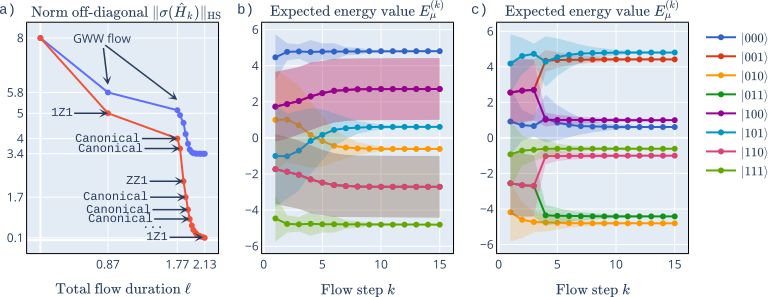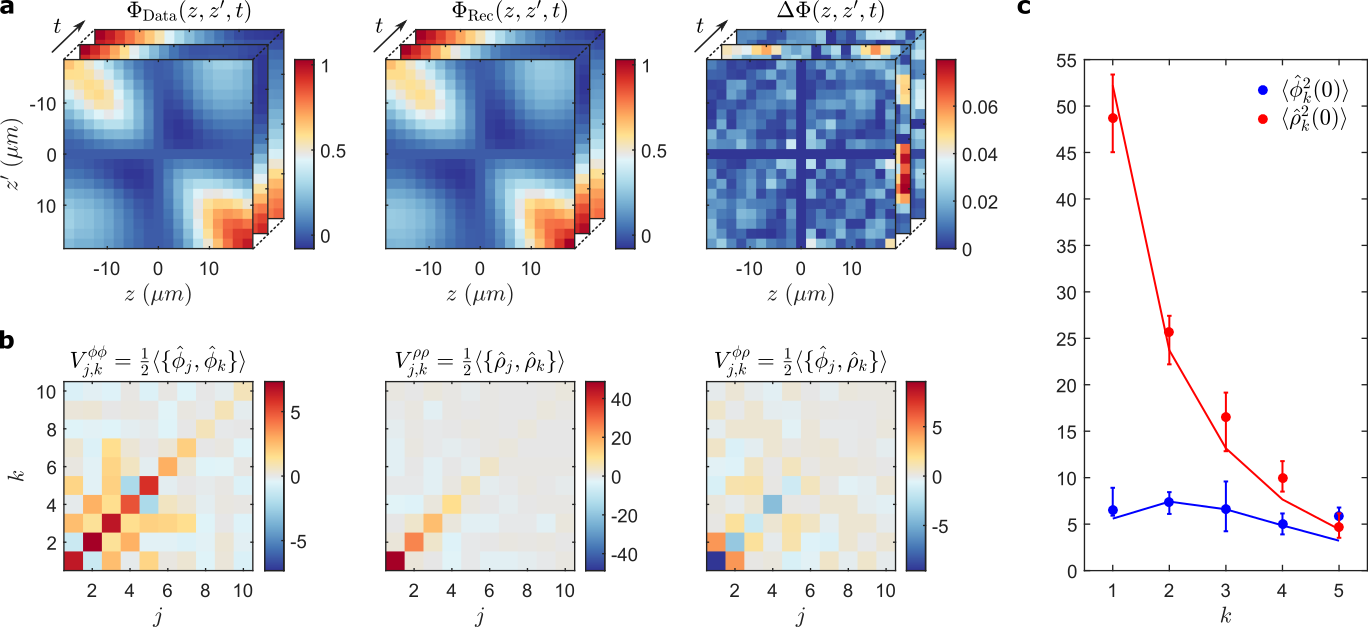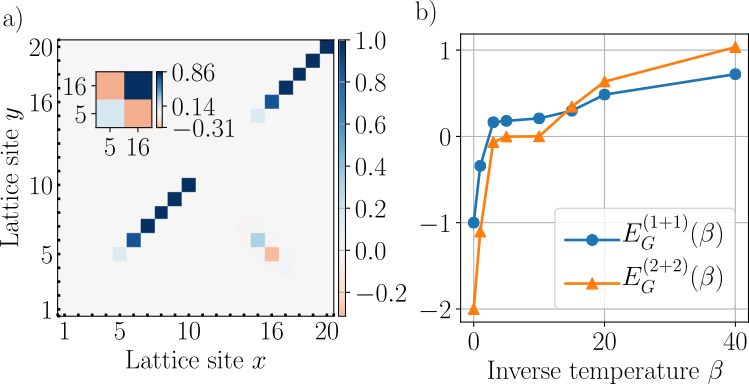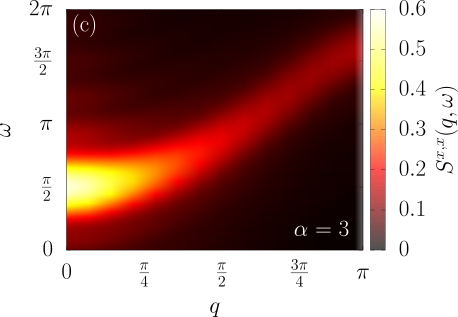Double-bracket flow quantum algorithm for diagonalization
Marek Gluza
NTU Singapore
slides.com/marekgluza

New quantum algorithm for diagonalization
no qubit overheads
no controlled-unitaries
0
0
0
0
C
0
0
0
0
Simple
=
Easy
Doesn't spark joy :(
New quantum algorithm for diagonalization
building useful quantum algorithms
new approach to preparing useful states
building useful variational circuits
tons of fun maths in the appendix
no qubit overheads
no controlled-unitaries
0
0
0
0



Głazek-Wilson-Wegner flow
Restriction to off-diagonal
Restriction to diagonal
as a quantum algorithm
Głazek-Wilson-Wegner flow
as a quantum algorithm
New quantum algorithm for diagonalization
0
0
0
0

1) Dephasing
2) Group commutator
3) Frame shifting

How to understand the continuous flow?

Piece-wise constant discretization

antihermitian
unitary
How to quantum?
Group commutator
0
0
0
0

Want
New bound
Group commutator
0
0
0
0

Want
How to get ?





Phase flip unitaries
N
S
N
S
N
S
N
S











N
S
N
S
N
S
Phase flip unitaries
Evolution under dephased generators
0
0
0
0

We can make it efficient:
Use unitarity
and repeat many times
New quantum algorithm for diagonalization
0
0
0
0

1) Dephasing
2) Group commutator
3) Frame shifting
What's going on?
Double-bracket flow
Unitary
Satisfies a generalization of the Heisenberg equation
GWW is a particular example
transformation of
Variational double-bracket flows
that are diagonalizing

How well does it work?

Variational flow example
Notice the steady increase of diagonal dominance.


Variational vs. GWW flow


Notice that degeneracies limit GWW diagonalization but variational brackets can lift them.

GWW for 9 qubits
Notice the spectrum is almost converged.
How does it work again?



GWW for 9 qubits
Notice that some of them are essentially eigenstates!
What else is there?
Linear programming
Matching optimization
Diagonalization
Sorting
QR decomposition
Toda flow
Double-bracket flow
Runtime-boosting heuristics
Analytical convergence analysis
Group commutator bound
Hasting's conjecture
Relation to other quantum algorithms
Code is available on Github
0
0
0
0
C

Double-bracket flow quantum algorithm for diagonalization



Material science?
0
0
0
0
C


12 min: Double-bracket flow quantum algorithm for diagonalization
By Marek Gluza
12 min: Double-bracket flow quantum algorithm for diagonalization
- 2,330



